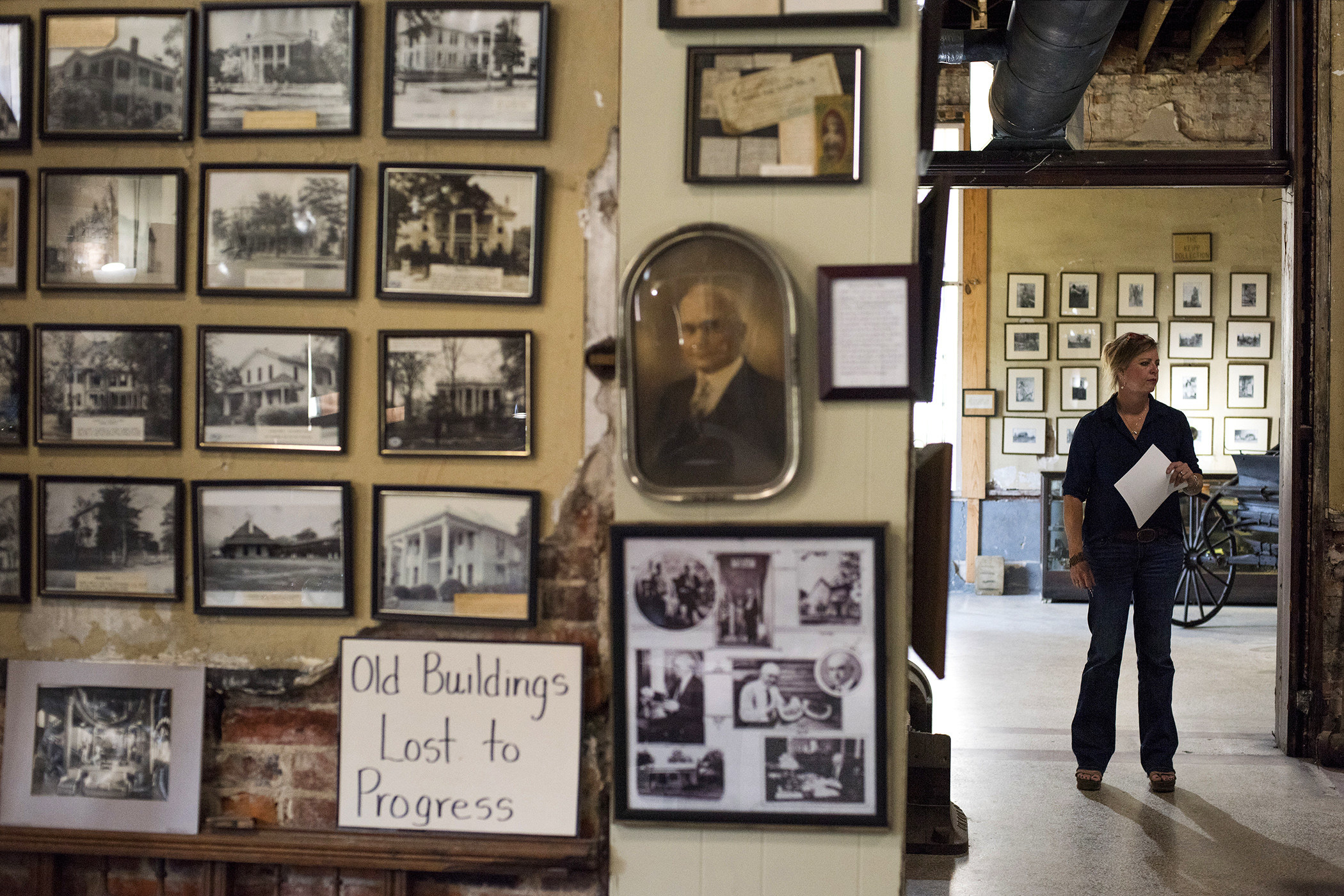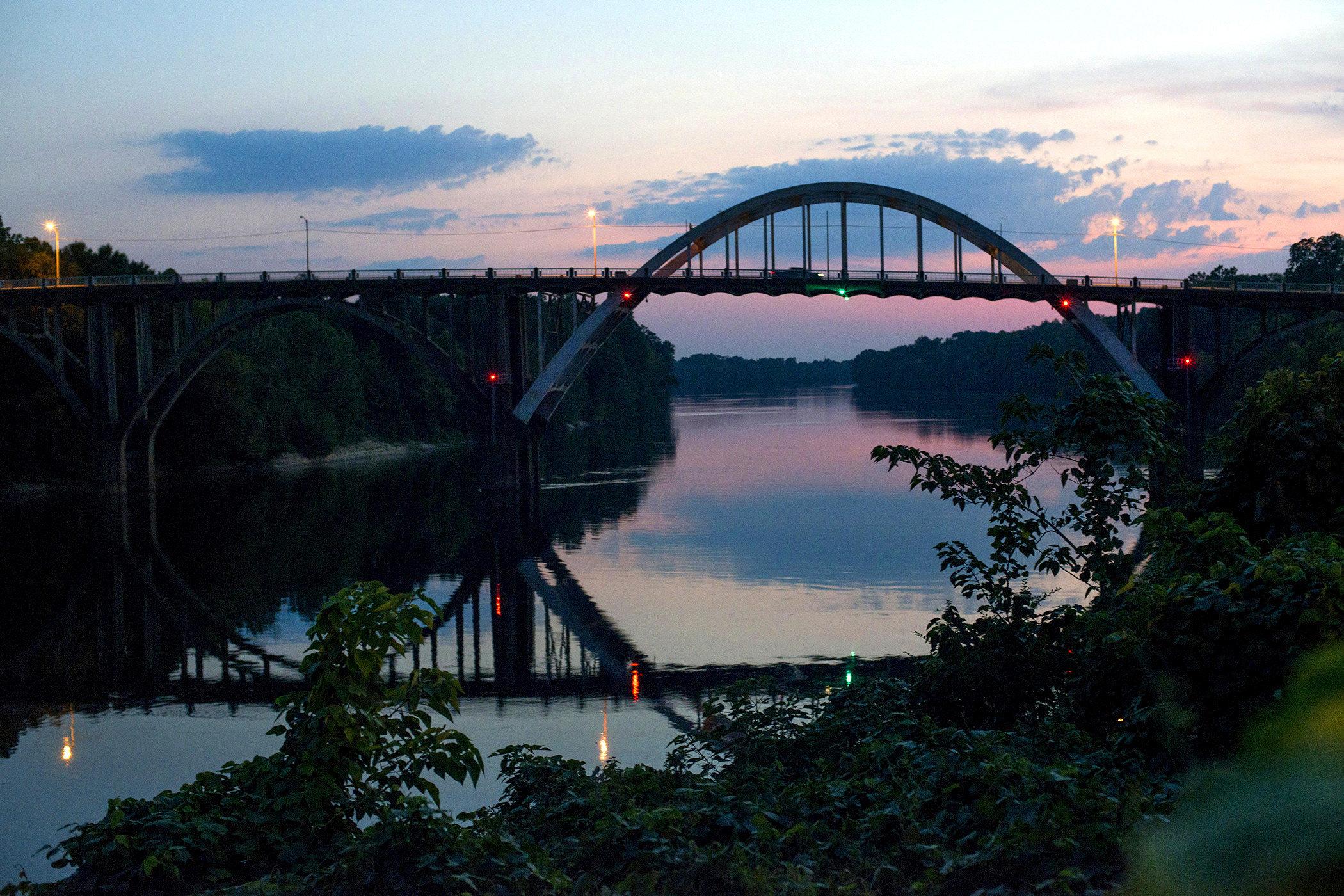
Love photography as much as we do? Sign up for the BuzzFeed News newsletter JPG for behind-the-scenes exclusives from renowned photographers and our hard-hitting photo stories.
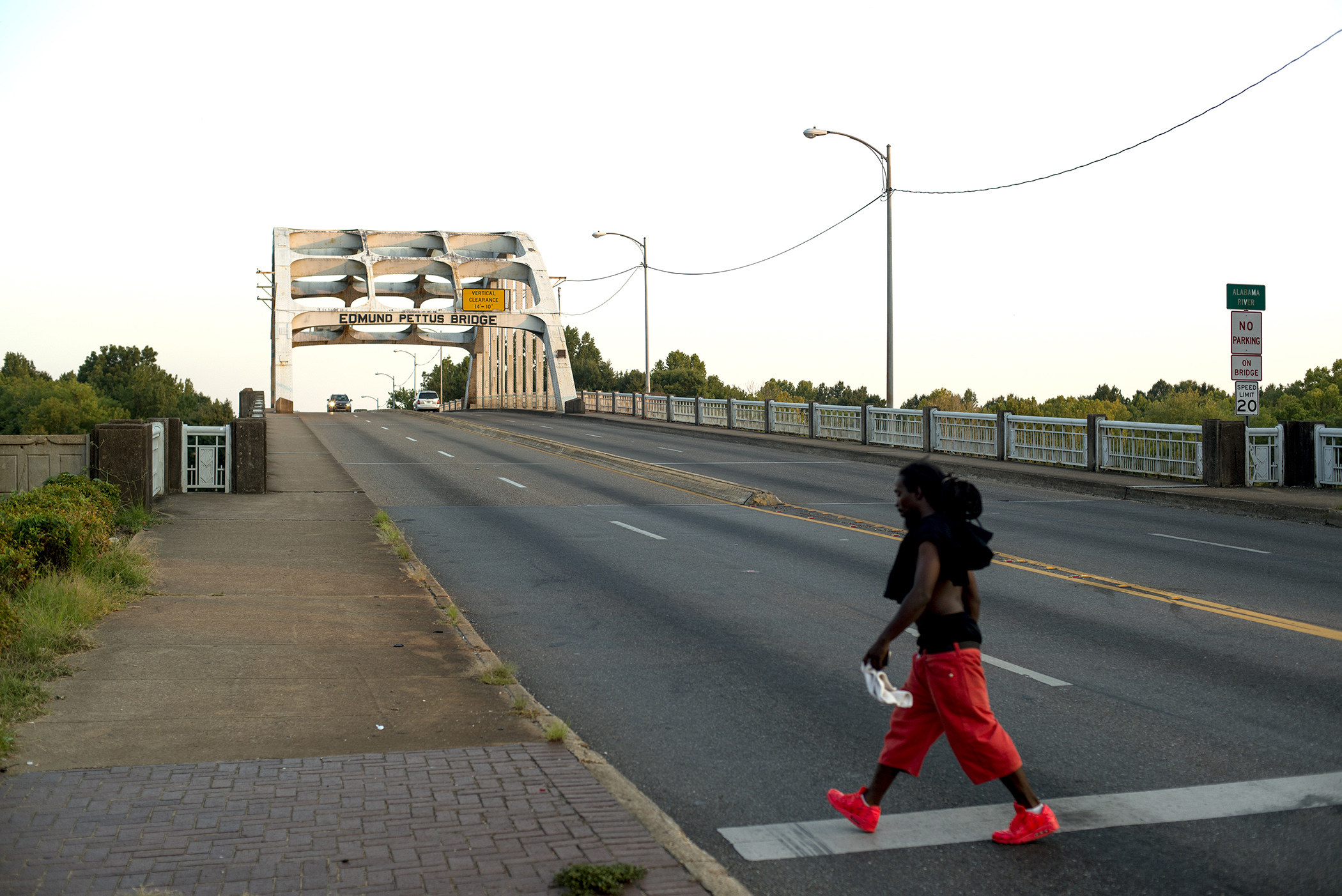
The history of Selma, Alabama, is often defined as a long and tumultuous struggle over the future of civil rights in America. On March 7, 1965, civil rights demonstrators marching from Selma to the state capitol in Montgomery were met with brutal force by state police. On horseback and armed with teargas and batons, officers attacked the civilians as they crossed the Edmund Pettus Bridge, a city landmark named after a former grand dragon of the Ku Klux Klan. This moment in US history propelled the civil rights movement into the national spotlight and helped to pave the way for the Voting Rights Act of 1965.
One hundred years earlier, Selma was one of the last Confederate strongholds during the the Civil War and a munitions supplier of the South's war effort. On April 2, 1865, approximately 13,000 Union soldiers overtook the city during the Battle of Selma, effectively debilitating the Confederate army in the final days of the war. Today, Selma remains a quiet town, rich in American history. Following a trend of economic decline in the late 20th century, the city has made efforts to boost its tourism to help rejuvenate its economy.
One museum helping to preserve and share this history is the Old Depot Museum in downtown Selma, located on grounds that once housed the Naval foundry that was destroyed by the Union army in 1865. The museum's collections are wide and eclectic — items like the emergency room log from "Bloody Sunday" and recently unearthed negatives of one of the last survivors of the transatlantic slave trade are on display by curator Beth Spivey.
BuzzFeed News spoke with Spivey on the history of Old Depot Museum and its efforts to preserve the stories of Selma.
Can you tell me a bit about the museum and how it came to be?
The museum is built on the grounds where the naval foundry was originally located and where all the ironclad ships and the cannons were made. In 1865, it was completely destroyed in the war between the states. It might have been a lumberyard after that, until it became a train depot in 1891. Around the 1940s, the depot was closed down and in the 1970s the building became the state forensic lab. In 1981, the forensic lab moved to Montgomery and the museum moved in.
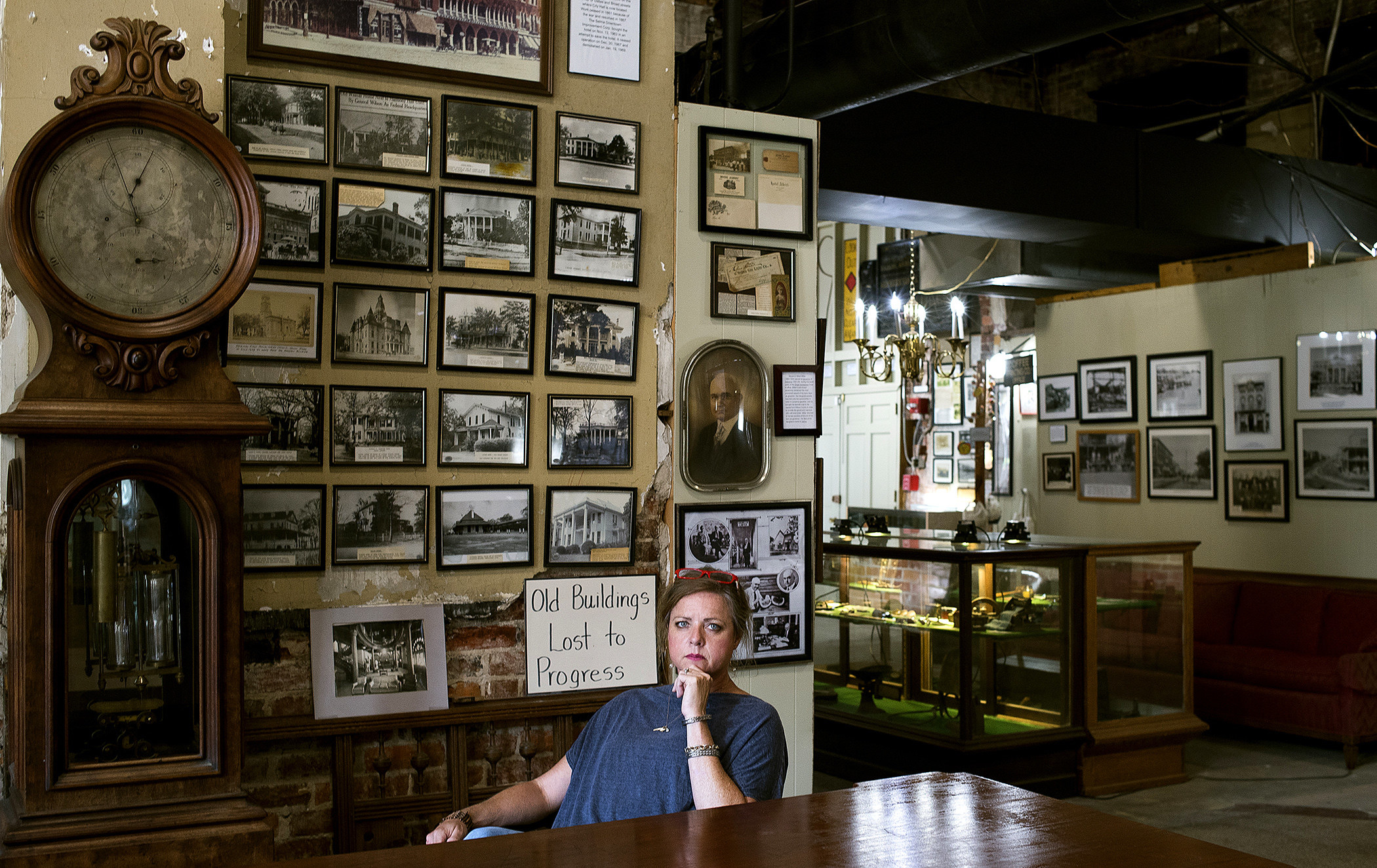
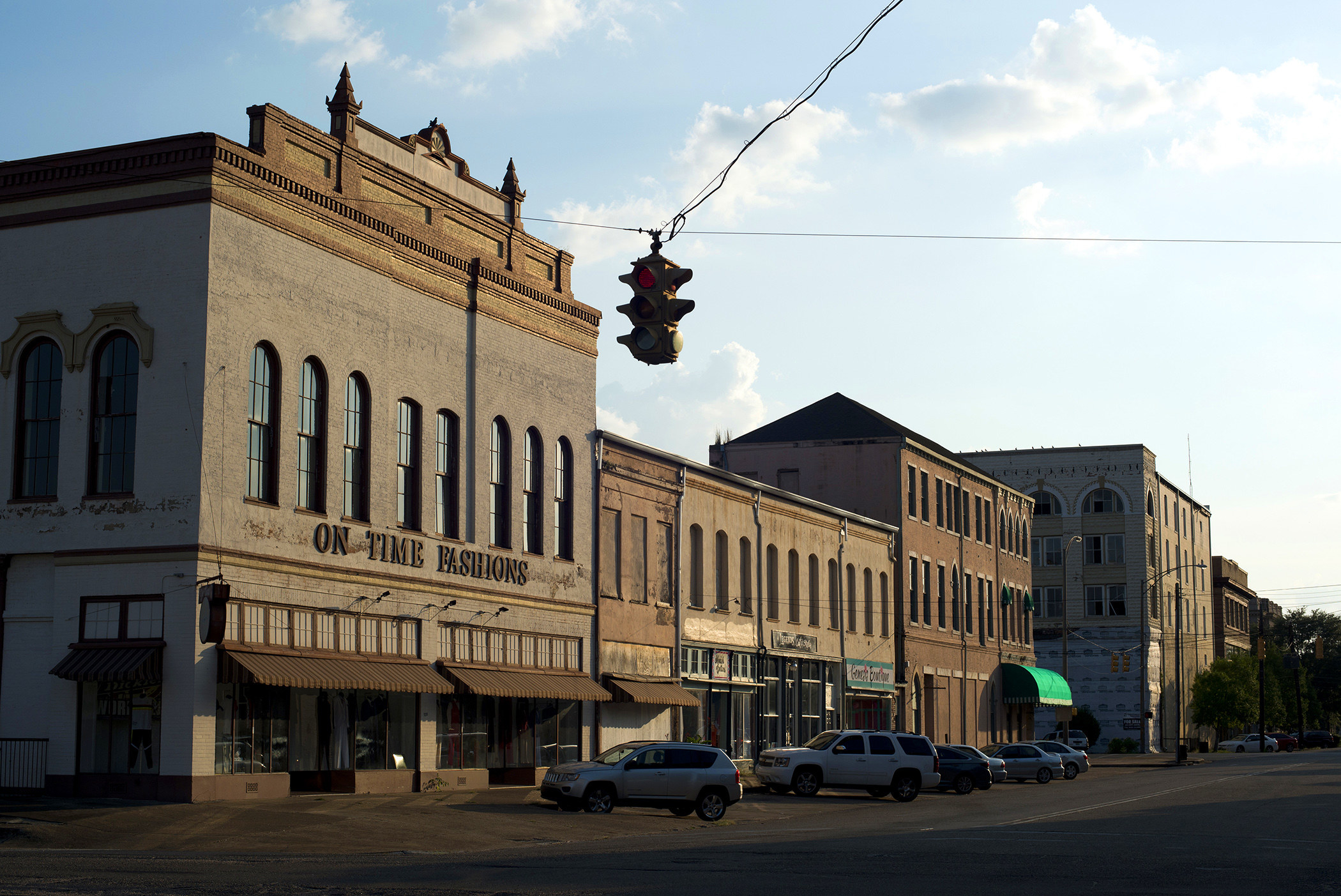

The museum’s collection spans all of Selma’s history. Lord, the history here is so deep, and I’ve got a little bit of everything here to tell its story. Part of how I go about my work is not force anything on anybody. I don’t tell people what to think or feel — I just present the items and the facts and let people walk away with their own understanding of history.
Can you tell me about the items you have on view?
One of my favorite items is a camera used by famed psychic Edward Casey. Casey had a photography studio here in Selma around 1915, which he used to supposedly read people’s minds and tell the future with.
Another important piece of history that we have is the emergency room log from Good Samaritan Hospital on “Bloody Sunday.” Everybody who was hurt on that day and made it to the hospital was entered into this book. There is nowhere else that this information is documented and when I found this book, it was hidden underneath a stack of newspapers in the museum storage. That, to me, is the most precious thing that we have.
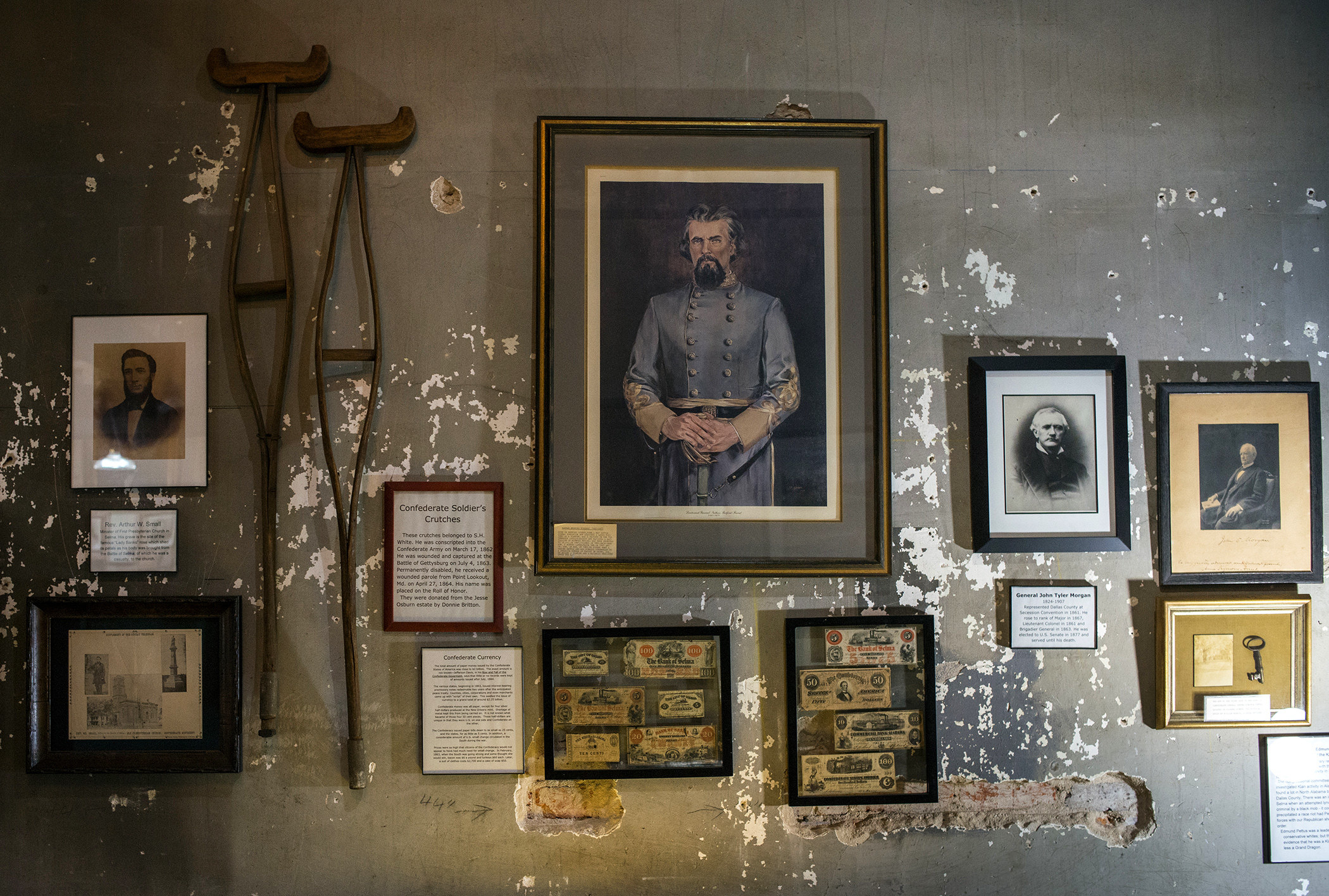
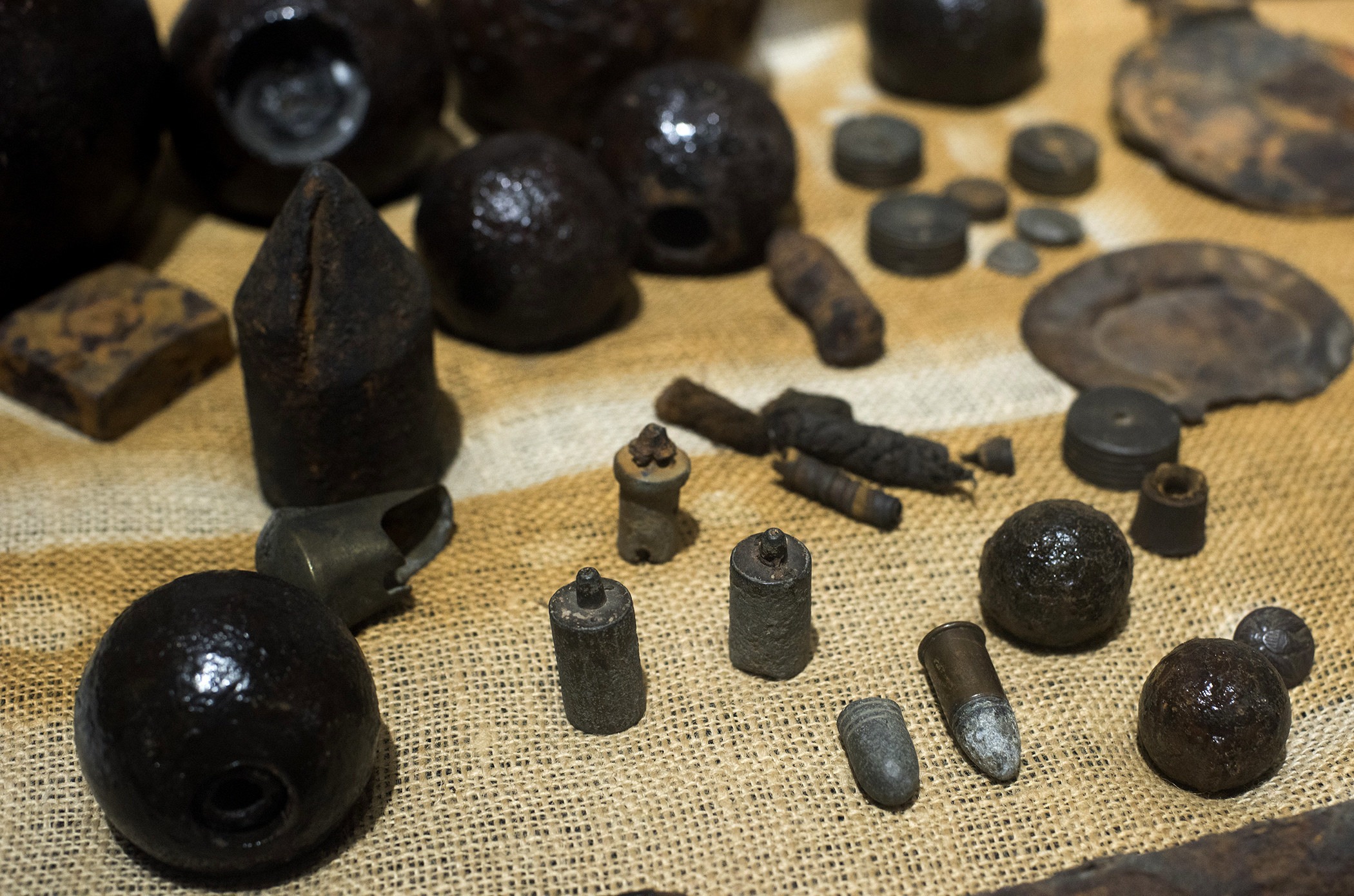
And the pictures! We have a rare photo collection taken during the sharecropper time and I know that a lot of these people were enslaved before they were made. It’s rare to see pictures of these individuals picking cotton, digging out ginseng, and walking down the road with cotton sacks. The original owner of these pictures never had children and was never married.
When she passed away, the people who were cleaning out her house brought these pictures to the museum in a brown paper bag that read: “black pictures.”
Other items on view include slave receipts, arrowheads, bullets, Civil War uniforms, a doctor's kit from the Battle of New Orleans with medicine still in it, and even a shank collection from the Dallas County jail. Anything that our residents want to see preserved, they bring it here.
You say you've discovered original negatives of one of the last survivers transatlantic slave trade — is that true?
Oh, I know it's her and here's how we found it — one of our board members was a man named Billy Rosenberg and was a photographer. When Selma started declining economically in the 1970s, photography studios started going out of business across the city and Rosenberg would buy out whatever they had. When Rosenberg died, he left his collection to the museum.
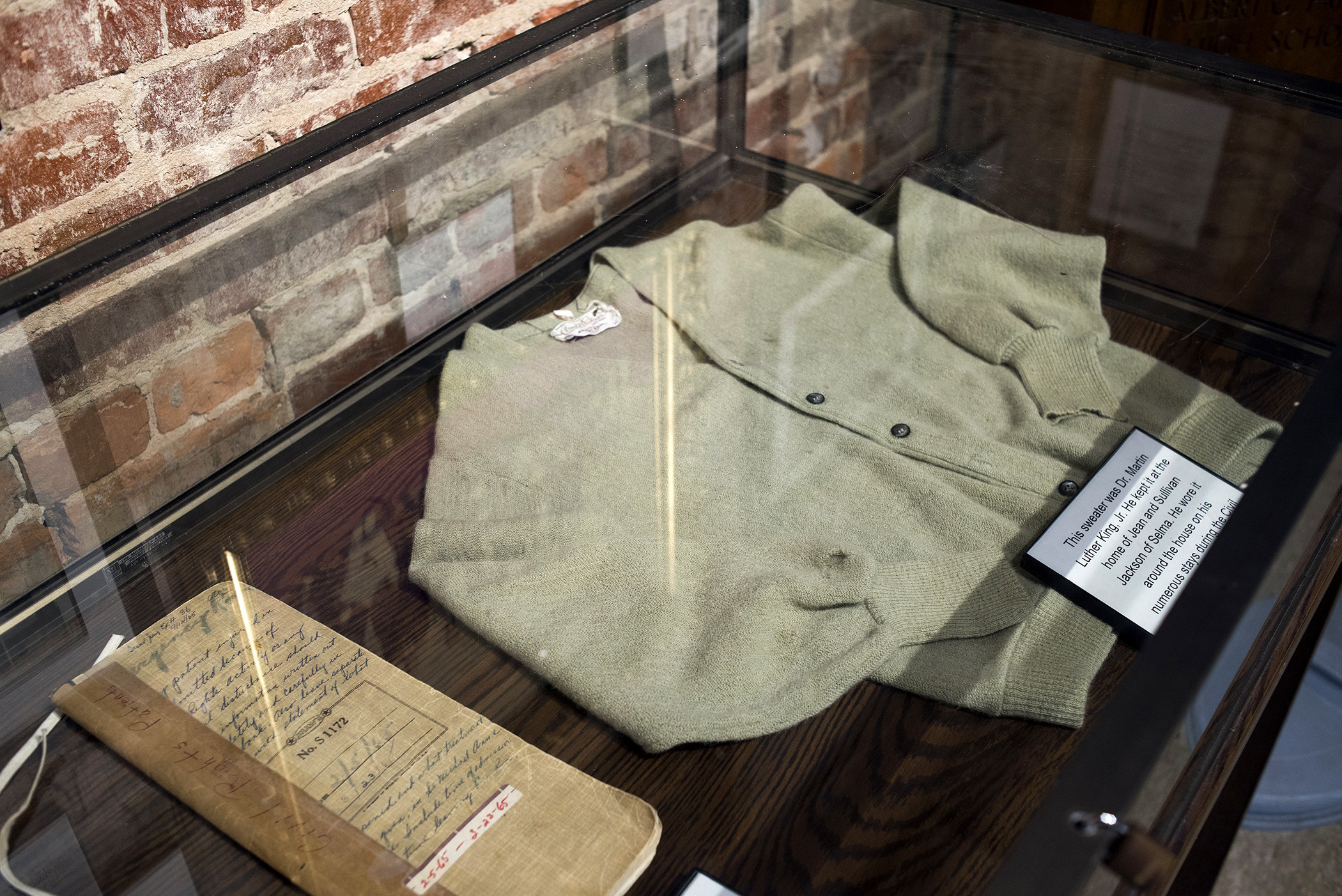
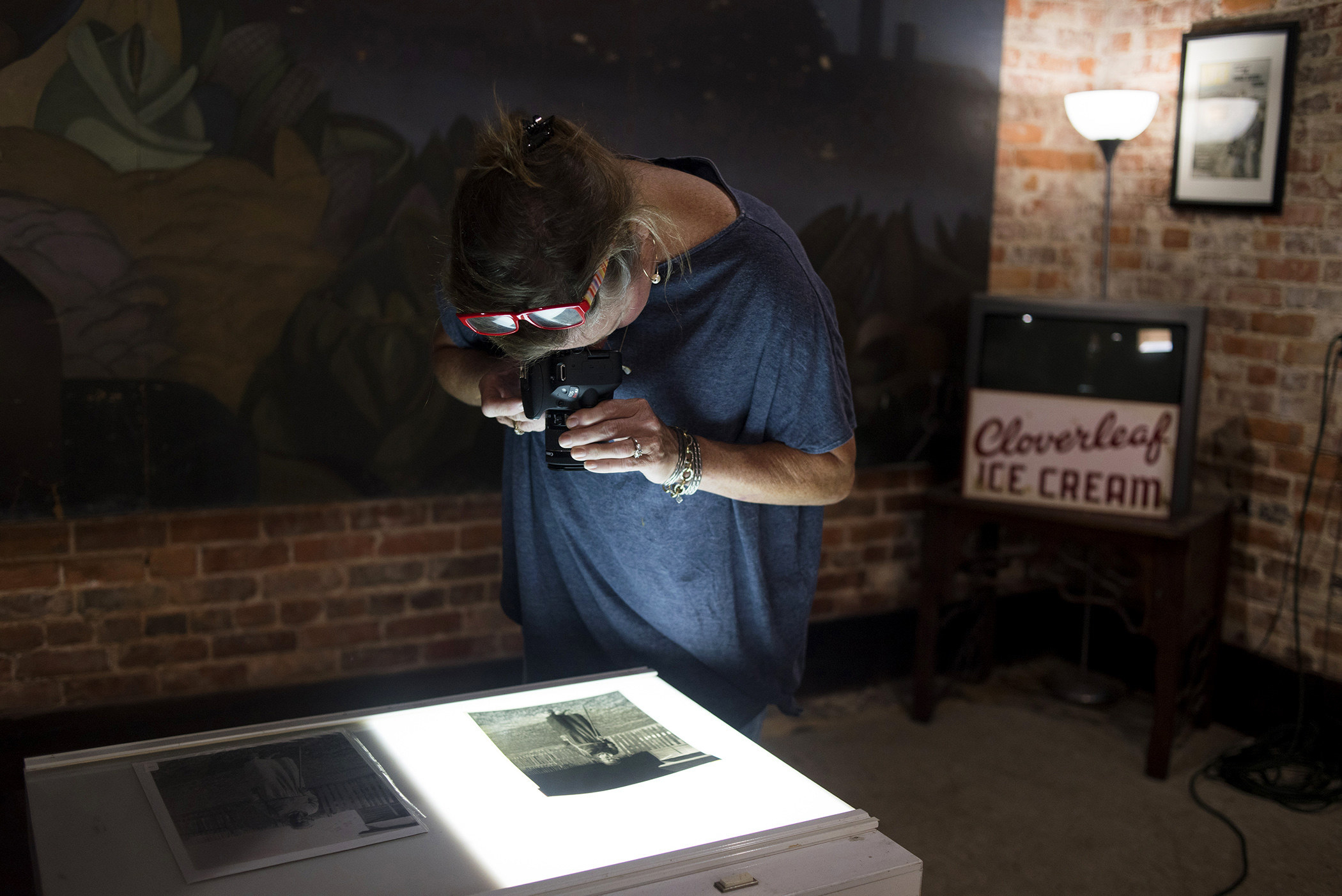
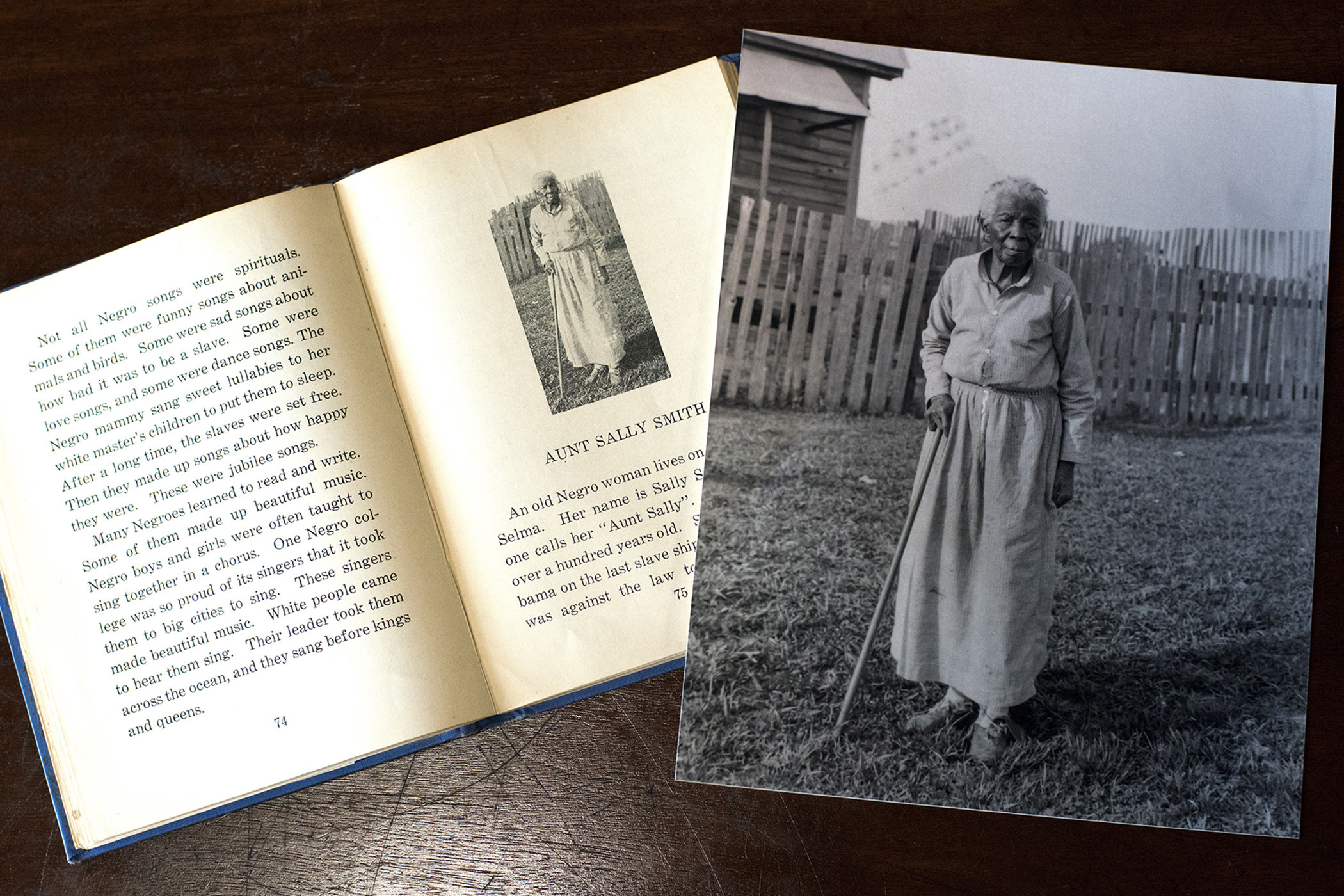
Years later, we were having a museum fundraiser and decided to sell prints from the Rosenberg collection. Soon after we came across an article which featured a picture of a woman identified as one of the last slaves brought to America on a ship called the Clotilda. I thought to myself, “God, that looks like the woman in our pictures!” When I dug deeper, I realized that this exact picture in our collection was used in a children's book called Our Home Land, which also identifies the woman as one of the last slaves in America.
The book describes "an old negro woman" named Sally Smith who lived on a farm near Selma. Everyone called her Aunt Sally, but her African name is Redoshi. The book goes on to describe her capture — a rival tribe tried to make peace with Redoshi's tribe, but instead betrayed them and sold them to the transatlantic slave trade. The story goes that as the slave traders were about to depart with Redoshi and her family, they turned to the rival tribe that betrayed them and said something, "Y’all put these chains on too, ‘cause y’all going with them." Redoshi was forced to cross the Atlantic to be with the same people that betrayed her, and they were later sold to the same farm too. [Editor’s note: This account of Redoshi is also found in Selma: A Bicentennial History by Alston Fitts, PhD.]


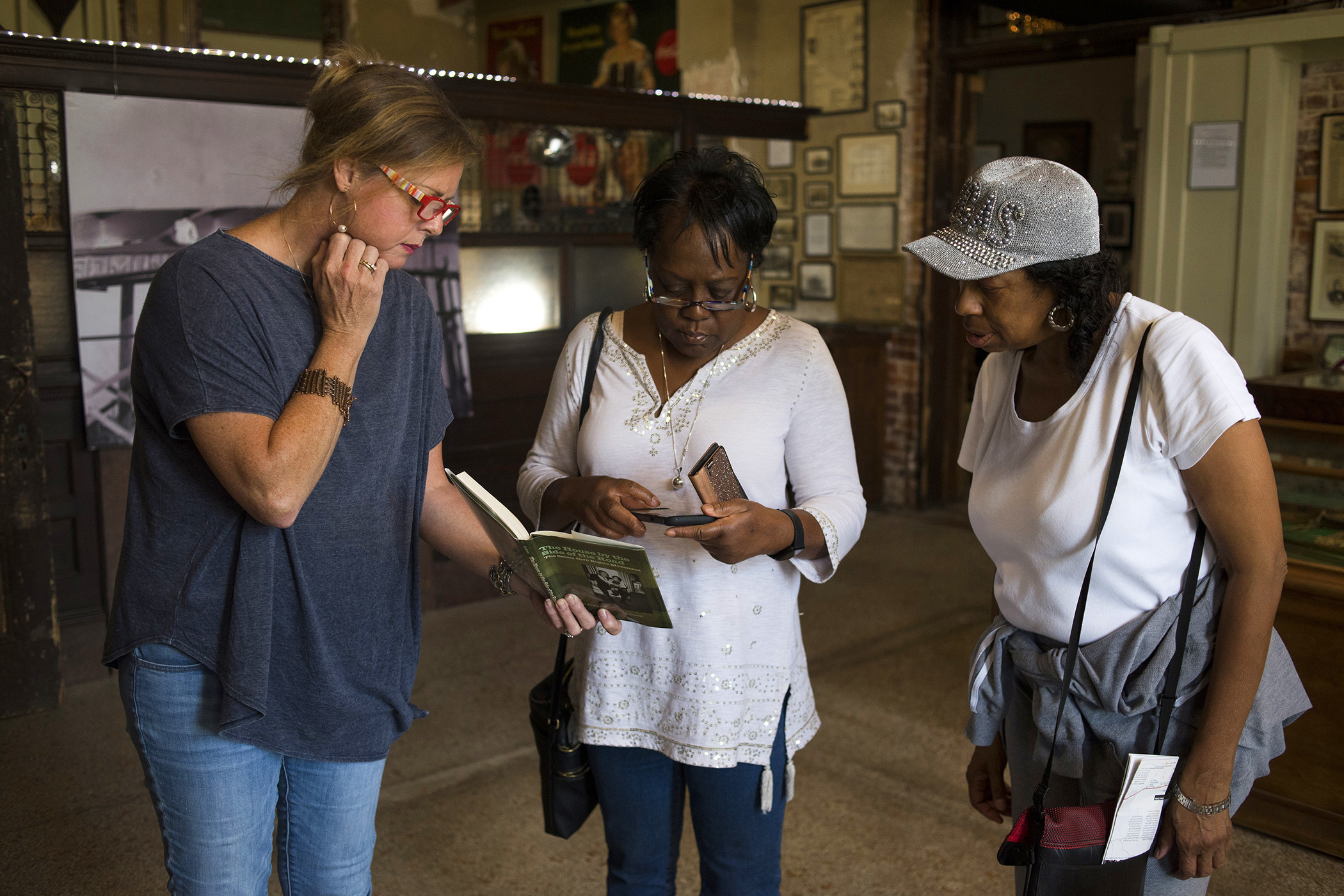
How important is it to you that the Old Depot Museum preserve Selma's history through accepting donations?
It means the world to me. I have so many people say to me, “I’ve got some old letters and stuff. Do you want them?” and I immediately say, “Yes!” Just because these items might not seem important to you now doesn’t mean they don’t have value or might be the key to unlocking a mystery in 50 to 100 years. It's my job is to archive these items and to ensure their safety. The woman who had this job before me was curator until the age of 89, and she didn’t reject anything! So the museum has a lot of stuff in storage, and I’m actually still in the process of going through it.
What do you want people to take away from a trip to the Old Depot Museum?
I hope people understand how pivotal Selma has been in shaping American history. When thinking about the Civil War, after the Union army hit Richmond, the largest producer of munitions left was Selma. From there, the army marched straight to Selma and when the arsenal was destroyed, the war was over. And the same goes with the fight for voting rights. The civil rights movement was strong in other towns as well, but with the dynamic with the sheriff at the time, they knew what was going to happen and that response that their march would receive. This changed the world and helped to get the voting rights act passed.
I'd also like people to be more mindful of the items they throw out. Just because you don’t want it or don’t think your children will want it, doesn’t mean you have to throw it away. So much of our history could have easily lost if people hadn't brought their collections to us. And lastly, I'd like people to know that we have wonderful, wonderful people here in Selma.
